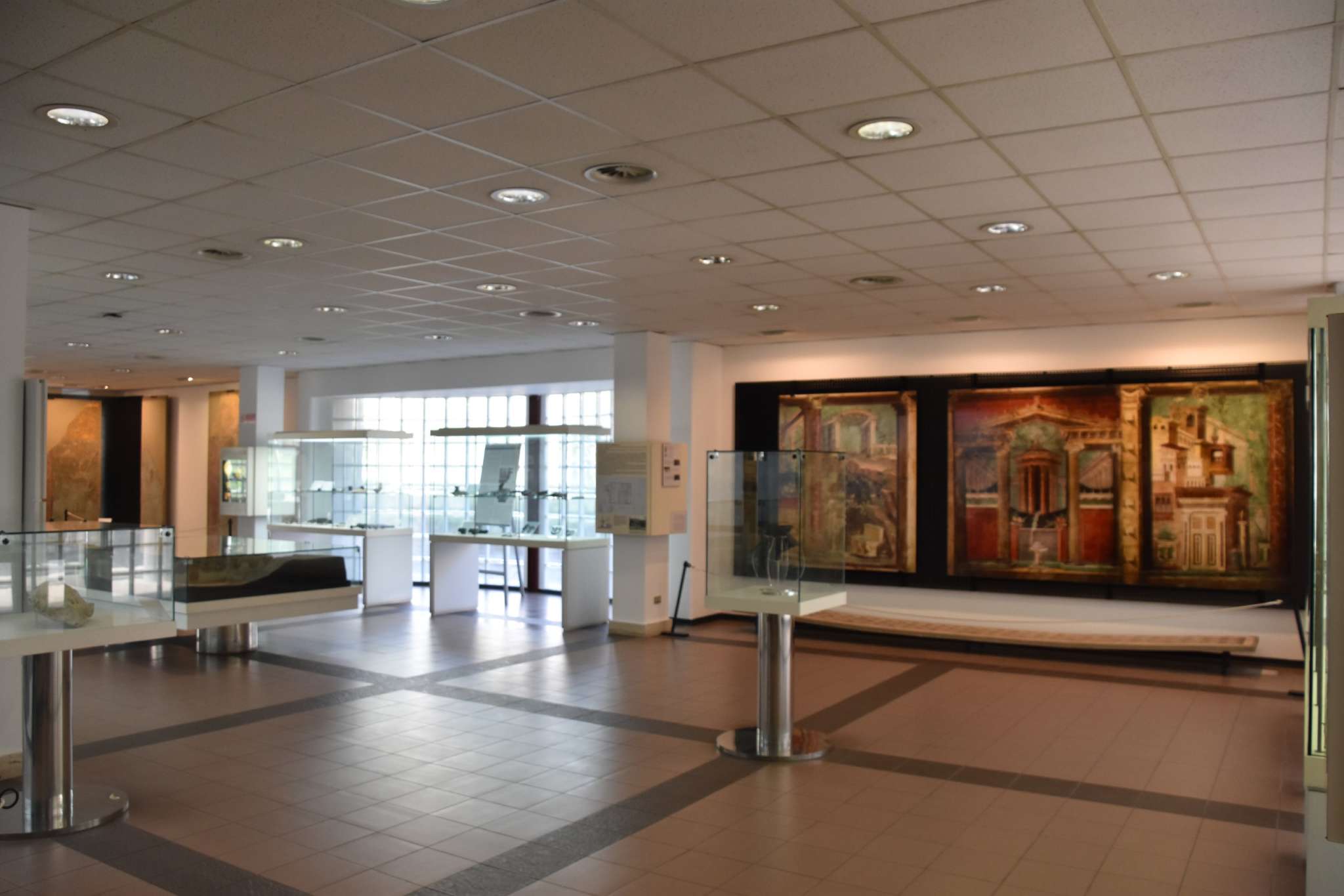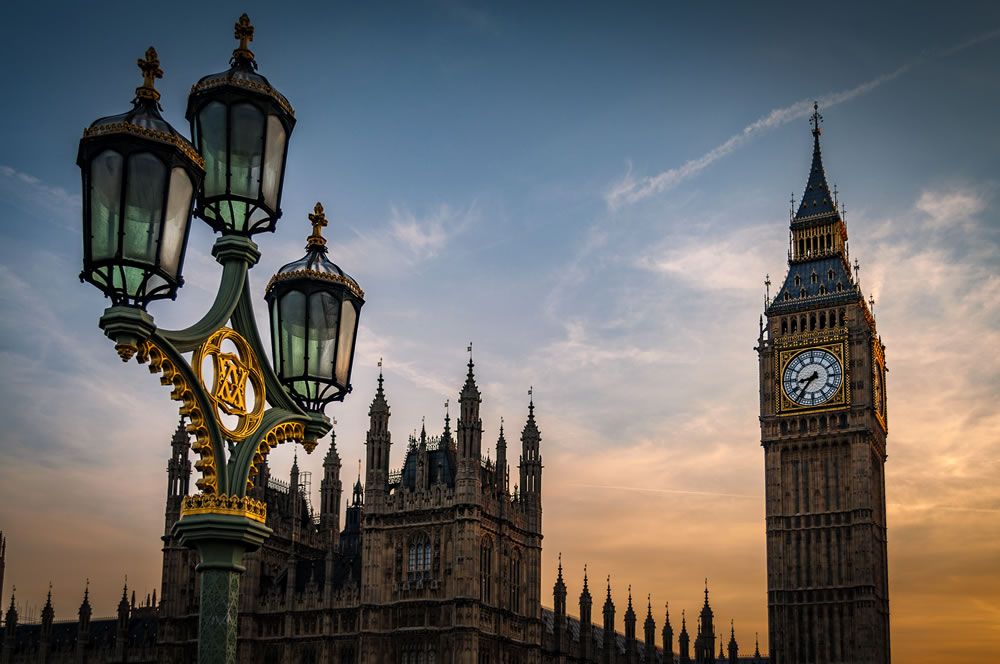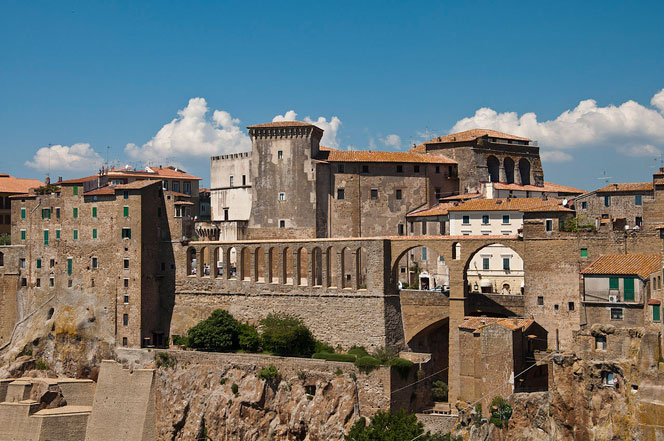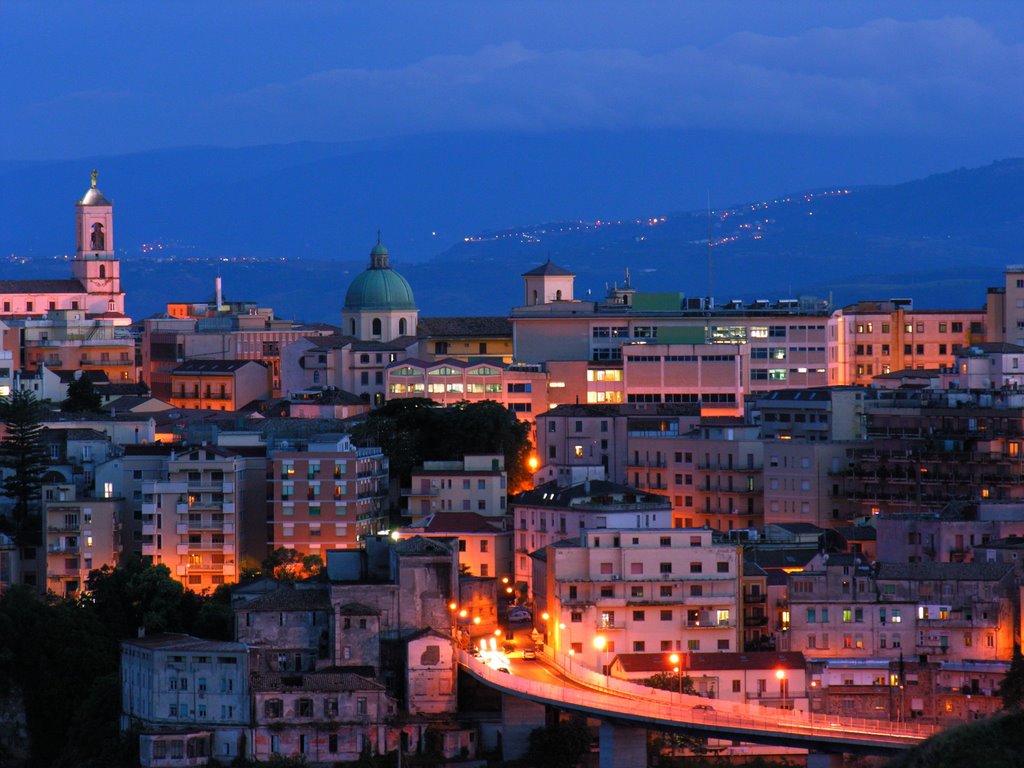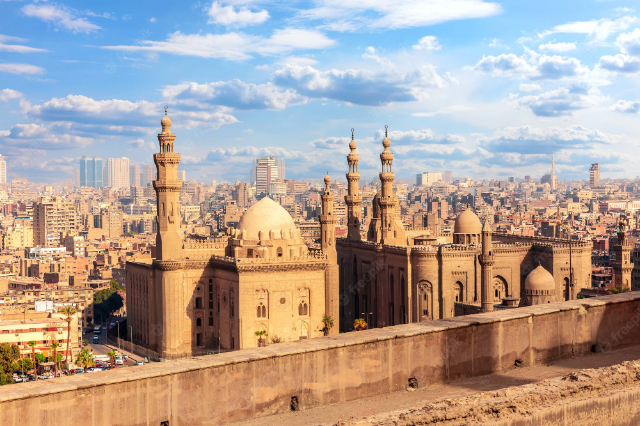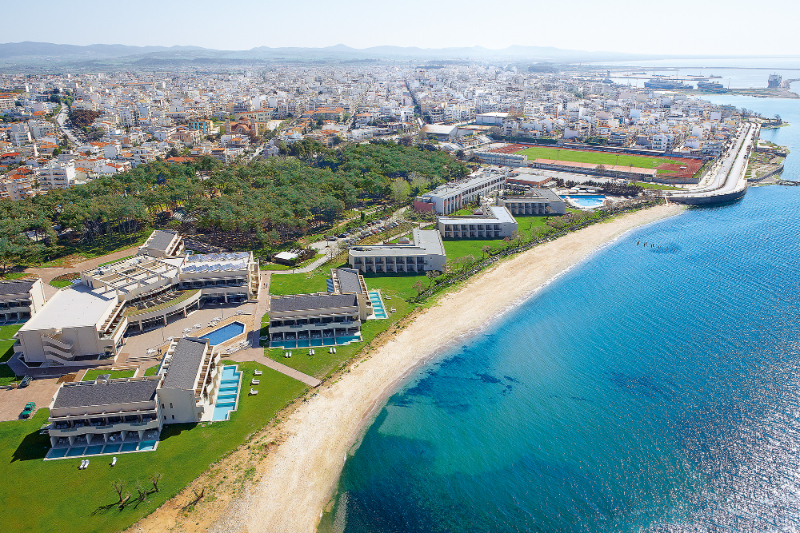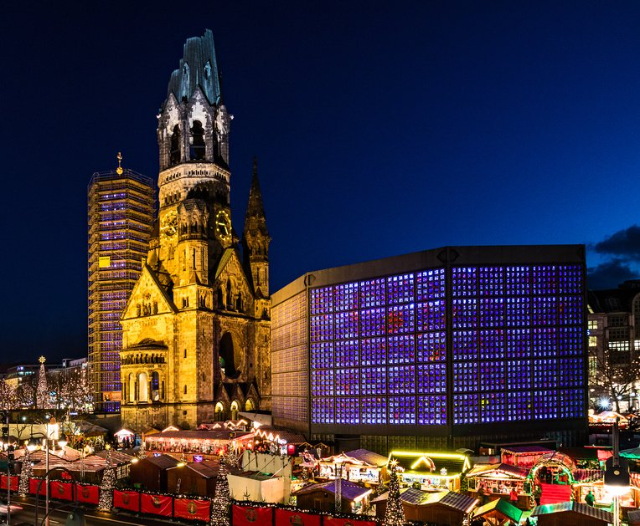The Antiquarium, established in 1991 and housed in a building built on land donated by the Municipality of Boscoreale, near the archaeological area of Villa Regina, illustrates, with the help of educational tools, the life and environment of Roman times in the Vesuvian countryside particularly favorable to settlement and human exploitation.
On display are numerous finds of all kinds, often found in an exceptional state of conservation under the blanket of Vesuvian ash and lava during excavations carried out between the end of the nineteenth century and the first decades of the twentieth century, in some of the houses of Pompeii and in the rustic and stately villas attested in this area, which allow us to acquire highly accurate data on the standard of living, economic conditions, customs and traditions of the inhabitants of this area in Roman times.
In the first exhibition room are illustrated, suitably contextualized in the natural environment of the places, finds that document the exploitation of the sea and its immediate hinterland, the crops of the hilly area, the economic activities related to agriculture and livestock farming, handicrafts in particular textiles, as well as some practices related to religion, daily life such as medicine and cosmetics documented in Roman times.
In the second room there are some finds that testify the human frequentation in the area in the prehistoric and protohistoric periods, but above all coming from the settlements of the Roman age excavated in the municipality of Boscoreale between the end of the 19th century and the last century: the villas owned by D’Acunzo and Risi Di Prisco, the Antonio Prisco estate and in via Casone Grotta, Villa Regina, Villa della Pisanella, Villa di Numerius Popidius Florus, Villa di Marcus Livius Marcellus and Villa di Asellius.
